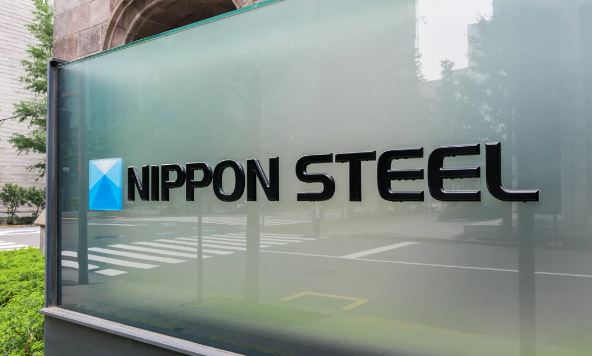Nippon Steel outlines growth strategy following completion of U.S. Steel acquisition
by David Fleschen

Nippon Steel has confirmed plans to expand its steelmaking presence in the United States following the completion of its acquisition of U.S. Steel, a transaction valued at USD 14.1 billion. The deal, finalized earlier this month, positions Nippon Steel to significantly increase its global production capacity while strengthening its strategic foothold in the U.S. market.
According to data from worldsteel, Nippon Steel produced 43.64 million tonnes of crude steel in 2024, ranking as the world’s fourth-largest steelmaker. U.S. Steel contributed 14.18 million tonnes in the same period. With planned investments and capacity developments, the combined entity could see annual output rise to approximately 86 million tonnes.
The acquisition had been under scrutiny since late 2023, when it was initially blocked by then-President Joe Biden on national security grounds. However, following a renewed review process initiated by President Donald Trump, the deal was approved after Nippon Steel agreed to terms outlined in a national security agreement negotiated with the U.S. government.
Conditions of the Agreement
The agreement includes a commitment to invest USD 11 billion in U.S. Steel operations by 2028, as well as plans for a greenfield development project post-2028. Nippon Steel has also agreed to several governance and operational conditions, including maintaining U.S. Steel’s headquarters in Pittsburgh and ensuring that the company’s CEO, as well as the majority of board members and senior management, are U.S. citizens.
Additionally, the structure will include a "golden share" mechanism, granting the U.S. President the authority to veto decisions related to capacity reductions or offshoring of production—adding a layer of state oversight intended to safeguard domestic production and employment.
The companies jointly stated that the agreement will help “protect and create” 100,000 jobs across the U.S. steel industry.
Strategic Implications
For Nippon Steel, the acquisition represents a significant step toward its target of raising its overseas production share from 28% to around 60%. For the U.S., the deal supports ongoing policy efforts to increase domestic manufacturing capacity and reduce reliance on foreign steel imports—an area of emphasis in the current administration's industrial strategy.
The finalization of the deal comes at a time of broader market volatility. MEPS reports that steel buying activity in the U.S. has slowed in June, contributing to falling domestic prices. The recent doubling of Section 232 tariffs—from 25% to 50% on certain imported steel products—has further complicated import dynamics, limiting foreign access to the U.S. market. However, without a corresponding recovery in demand, producers may find limited scope for price increases.
Despite the challenging market, the acquisition secures Nippon Steel a stable position in one of the world’s largest and most protected steel markets—one that is increasingly difficult to access for overseas suppliers.
Trade Outlook and Tariff Pressures
Japan was the sixth-largest exporter of carbon steel to the U.S. in 2024, with shipments totaling just over 1 million tonnes. However, Japanese steel exports to the U.S. have declined since March, when the country lost its tariff-free quota and became subject to full 25% Section 232 duties. Data from Japan’s Ministry of Economy, Trade and Industry showed that total exports to the U.S. fell by 11.1% year-on-year in May.
With a 90-day pause on further reciprocal tariffs due to expire on July 9, industry observers expect continued pressure on Japan’s trade relationship with the U.S. unless a new bilateral agreement is reached.
Meanwhile, other Asian steelmakers are also investing in U.S. operations. In April, South Korean producers Hyundai Steel and POSCO announced plans to jointly invest USD 5.8 billion in a new electric arc furnace (EAF) plant in Louisiana—part of a broader trend of foreign firms building local capacity to maintain access to the U.S. market amid ongoing trade tensions.
Source: MEPS International, Photo: Fotolia

